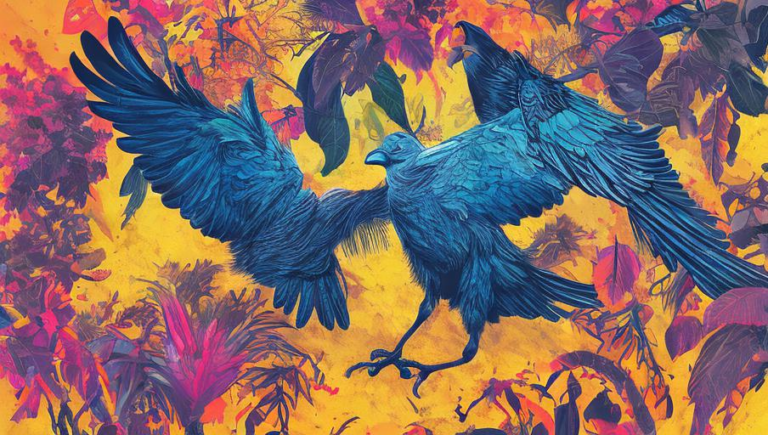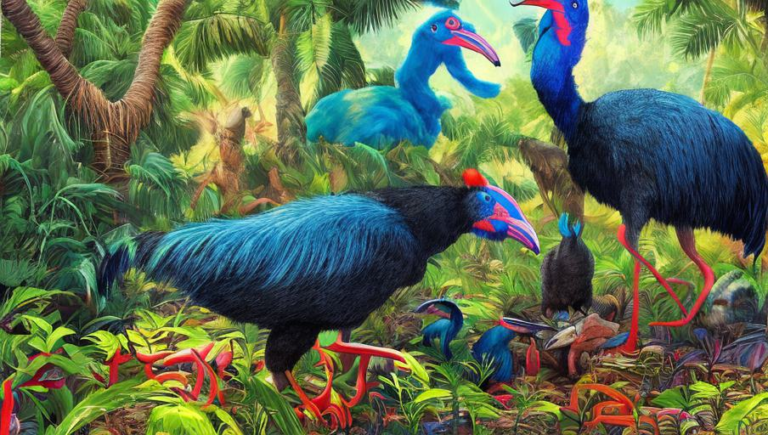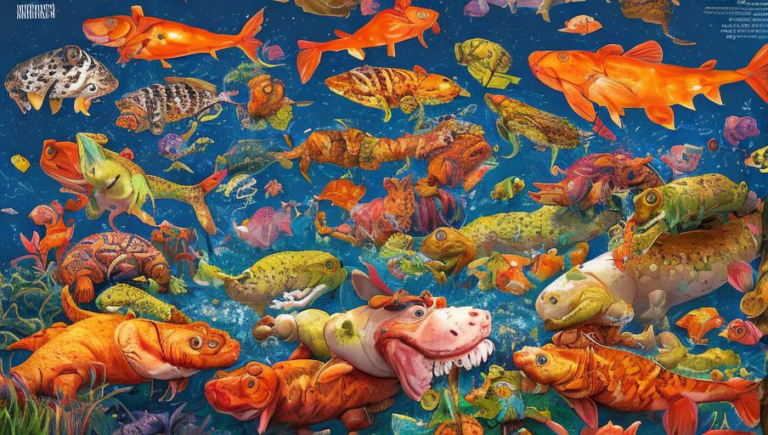Developing Conservation Strategies for Bats

Introduction
Bats are an important part of the global ecosystem. As the only true flying mammal, they play an essential role in controlling insect populations, pollinating plants, and dispersing seeds. However, bats are increasingly threatened by a variety of human-caused threats, such as habitat destruction, loss of food sources, and disease. To ensure the long-term survival of these fascinating creatures, it is important to develop effective conservation strategies.
The Threats to Bats
Bats are facing a range of threats, many of which are caused by humans. Habitat destruction is a major concern, as bats need places to roost and forage in order to survive. The destruction of forests and other natural areas can significantly reduce the available habitat for bats. Loss of food sources is another issue, as many species of bats rely on insects for their diet. Pesticides and other pollutants can reduce the number of available insects and may even be toxic to the bats themselves. Finally, disease is a growing threat, with recent outbreaks of white-nose syndrome being particularly devastating to bat populations.
Conservation Strategies
In order to protect bats, it is important to develop conservation strategies that address the specific threats they face. For example, protecting natural habitats can help to reduce the amount of habitat destruction, as well as provide the food sources the bats need to survive. In addition, increased regulation of pesticides and other pollutants can help to protect food sources for bats. Finally, it is important to monitor bat populations for signs of disease and take steps to reduce the spread of disease when necessary.
Creating Awareness
In addition to developing specific conservation strategies, it is also important to raise awareness about the threats facing bats. This can be done through educational campaigns, public events, and even media coverage. Increasing awareness can help to inspire people to take action to protect bats and their habitats. This can include supporting conservation organizations, engaging in citizen science, and advocating for policy changes.
Conclusion
Bats are an important part of the global ecosystem, but they are increasingly threatened by human-caused threats. It is important to develop effective conservation strategies to ensure the long-term survival of these fascinating creatures. This can include protecting natural habitats, regulating pollutants, and monitoring for disease. In addition, it is important to raise awareness about the threats facing bats and inspire people to take action to protect them.





